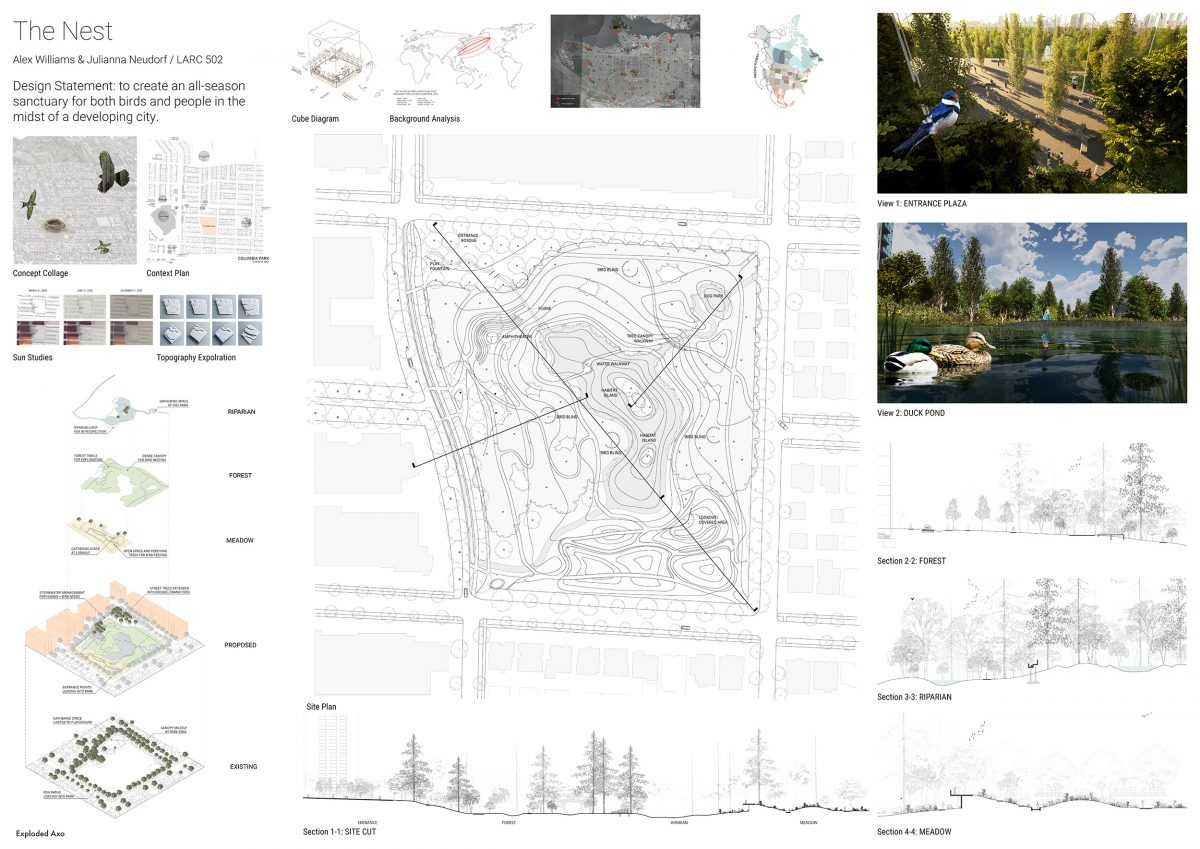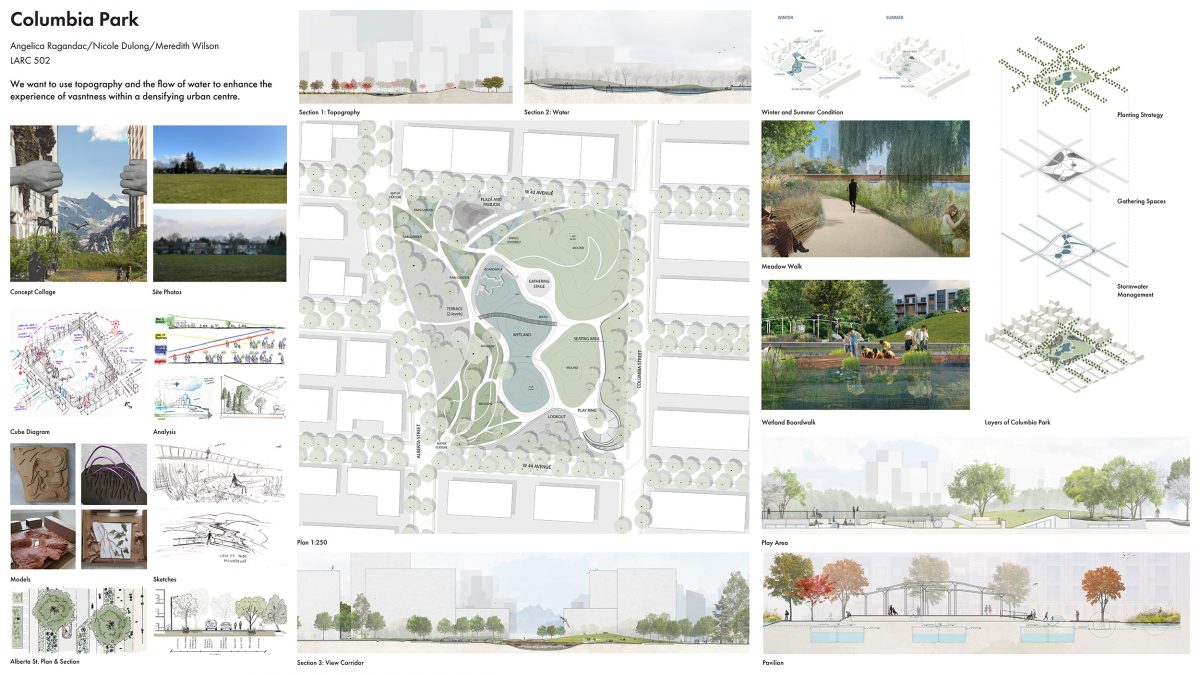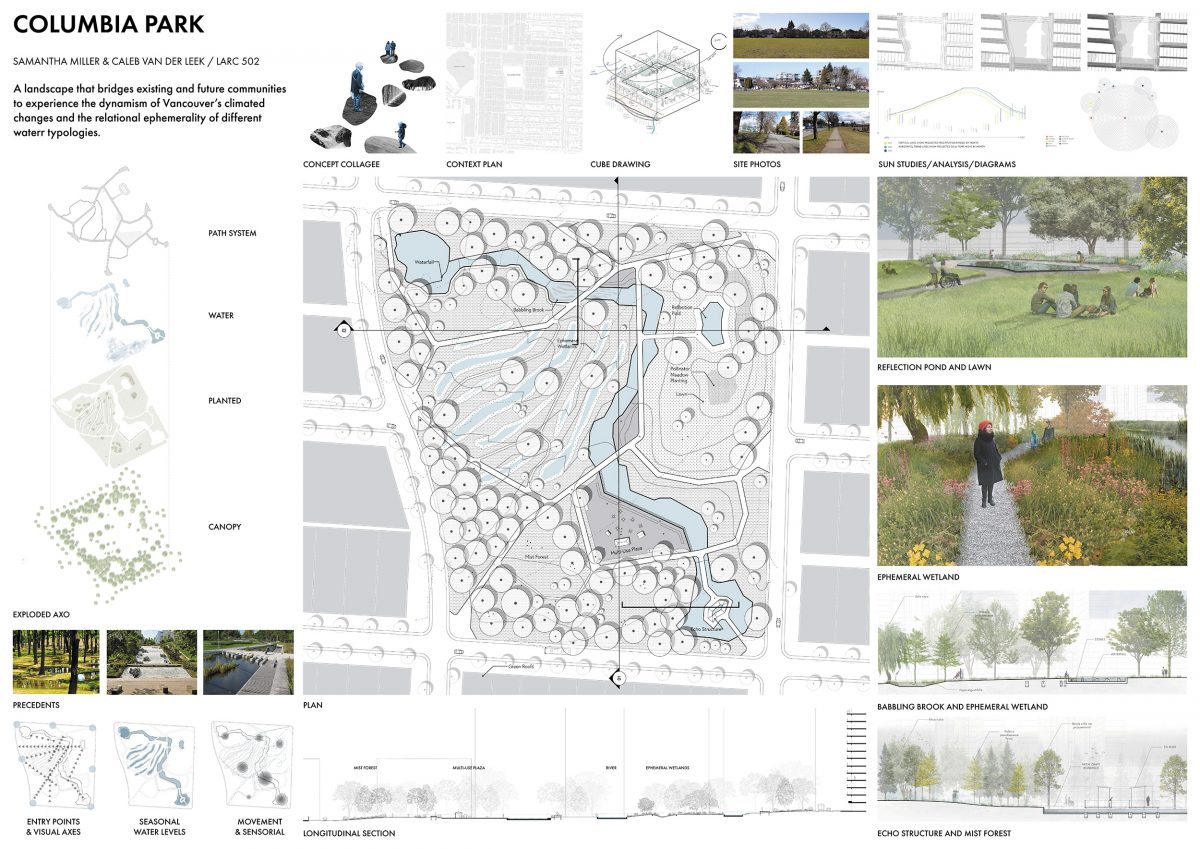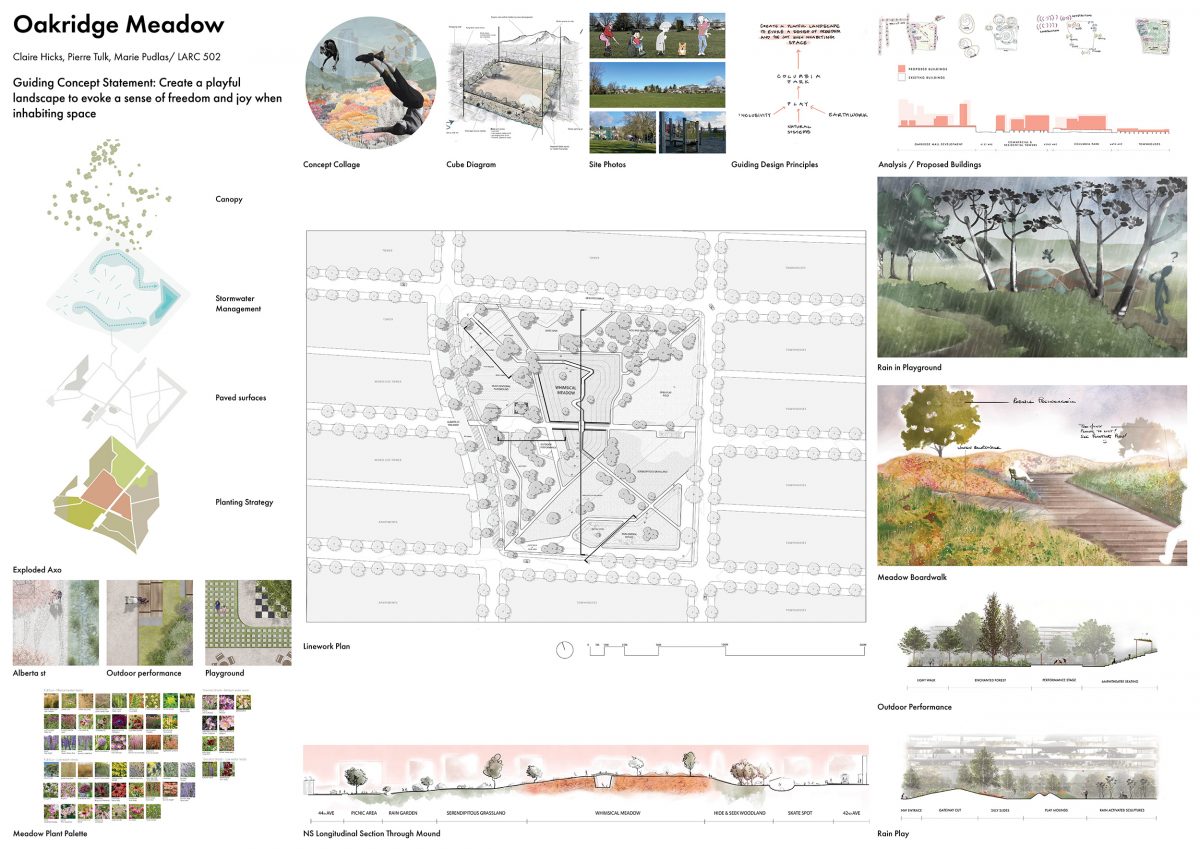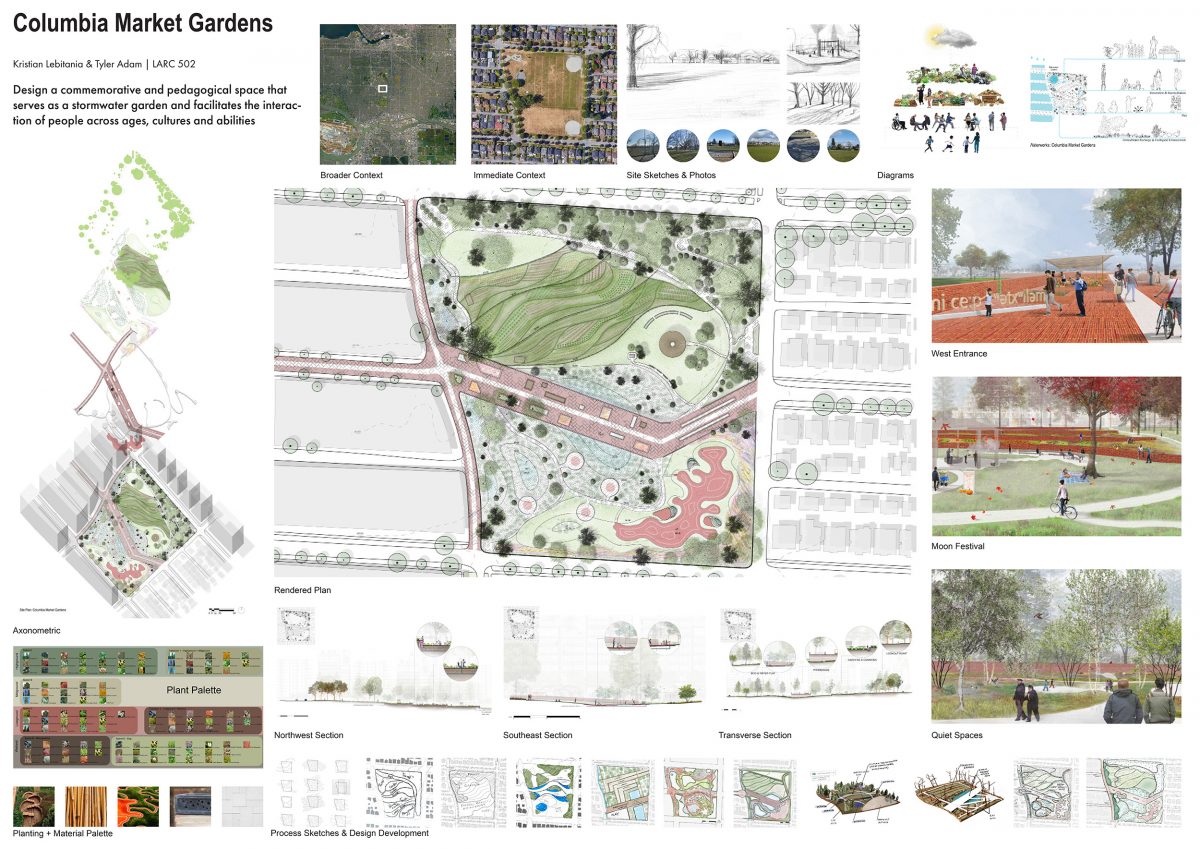Our aim with this project was to explore how inclusive design can be applied beyond anthropocentric design principles. In many cases, the animals that we cohabitate with in our cities are left as an afterthought, if considered at all. By approaching this inclusive space with more of an ecocentric framework, we were able to create a sanctuary for both certain species of birds as well as for people.
